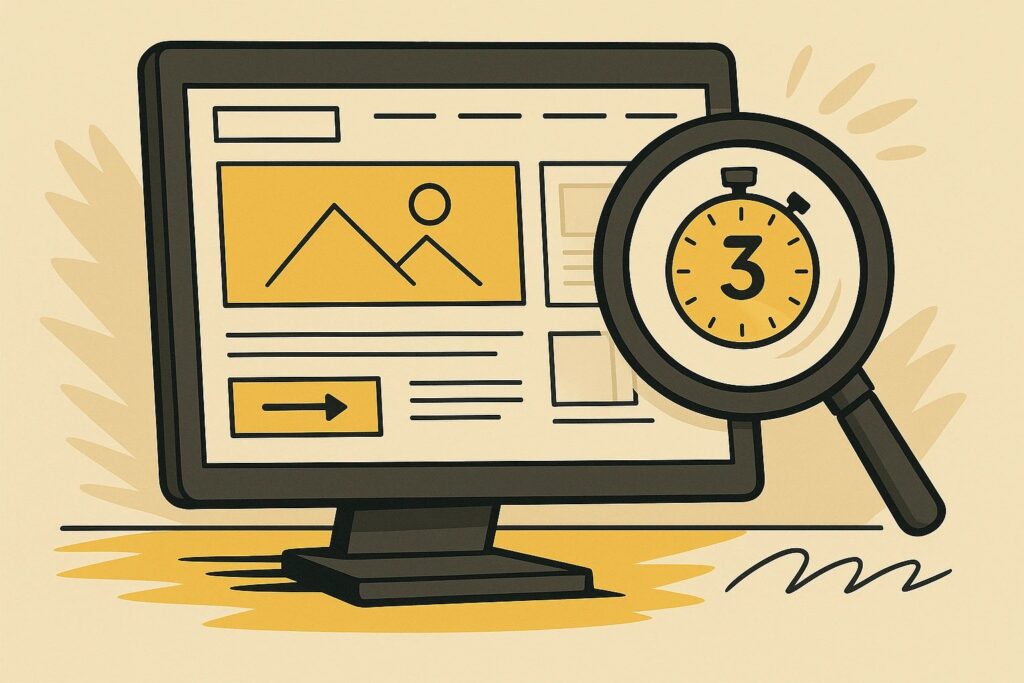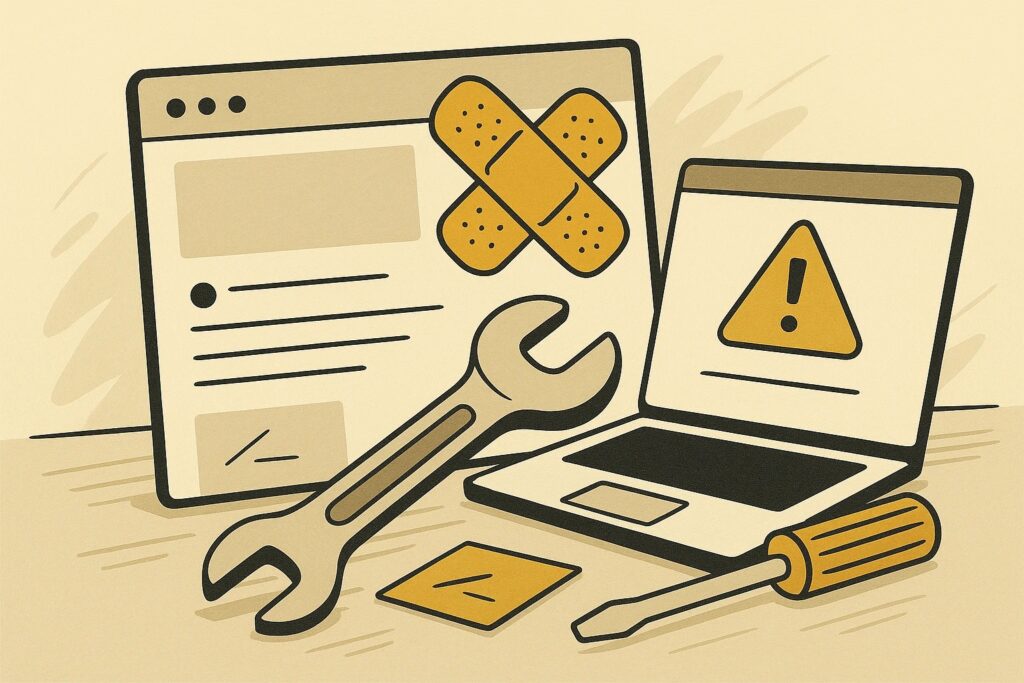If you’re wondering whether your website is fast enough, here’s the short answer:
If it takes more than 3 seconds to load, you’re already losing visitors, and sales.
In today’s digital world, site speed isn’t optional. It directly impacts user experience, SEO rankings, bounce rates, and conversions. Whether you’re running a personal blog or a growing e-commerce store, a slow website will cost you, plain and simple.
Let’s break down exactly how fast your website should be, how to test it, and most importantly, how to speed it up today without hiring a developer.
Why Website Speed Matters More Than You Think
Here’s what research tells us:
- 40% of users will leave a site that takes longer than 3 seconds to load
- A 1-second delay can reduce conversions by up to 7%
- Google uses page speed as a ranking factor in both mobile and desktop searches
The takeaway? Speed isn’t just a technical metric, it’s a business-critical asset.
So, How Fast Should Your Website Be?
Here are the ideal load time benchmarks:
- Under 2 seconds – Excellent (this should be your goal)
- 2–3 seconds – Acceptable, but there’s room for improvement
- 3–5 seconds – Caution zone. You’re losing visitors here
- Over 5 seconds – Major problem. Fix it ASAP
You can test your current speed using tools like:
Common Culprits Slowing Down Your Website
Most speed issues boil down to just a few common problems:
Large, Unoptimized Images
Oversized images are one of the biggest speed killers.
Fix it:
Use tools like TinyPNG, ShortPixel, or Imagify to compress images without losing quality.
Too Many Plugins or Scripts
If you’re using WordPress, every plugin adds weight. Even on custom sites, third-party scripts can bog you down.
Fix it:
Audit and remove any non-essential plugins, pop-ups, or tracking scripts.
Slow Hosting
Your site is only as fast as your server. Cheap shared hosting often equals slow performance.
Fix it:
Upgrade to a faster host (e.g., SiteGround, Cloudways, or a managed host like WP Engine).
No Caching
Without caching, every visitor loads a fresh copy of your site even when nothing’s changed.
Fix it:
Use a caching plugin like WP Rocket, W3 Total Cache, or enable built-in caching on your platform.
No CDN (Content Delivery Network)
If your site has a global audience, loading assets from one server location is inefficient.
Fix it:
Enable a CDN like Cloudflare or Bunny.net to distribute your site globally.
Quick Wins: How to Speed Up Your Site Today
If you’re short on time, here’s what I recommend doing right now:
- Compress and resize all images
- Install a caching plugin
- Minimize the number of fonts and third-party scripts
- Run your site through GTmetrix and follow the top 3 recommendations
- Use lazy loading for images and videos
A fast website isn’t just about performance, it’s about trust, professionalism, and customer experience. When your site loads instantly, it shows you care about your visitors. And that creates a ripple effect across every metric that matters.
So, if you’re asking “how fast should my website be?”, the answer is simple:
As fast as possible. Then a little faster.
Need help optimizing your site? We work with DIY business owners and small teams who want to make their website faster and more effective, without hiring a full-time developer. Let’s chat.






